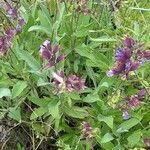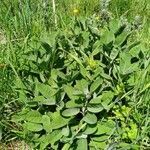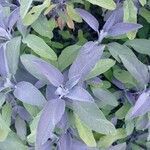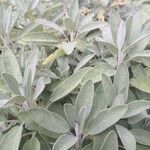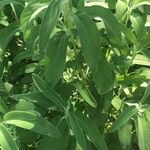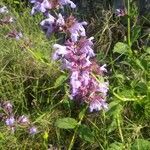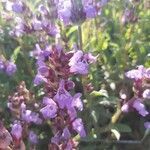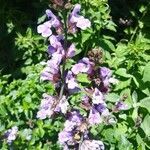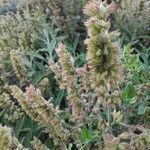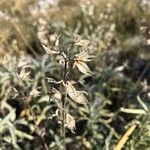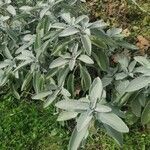| Therapeutic use
|
Antiviral agents (aerial part), Anti-infective agents, local (flower), Asthma (flower), Cholagogues and choleretics (flower), Menstruation-inducing agents (flower), Respiratory Aid (leaf), Panacea (leaf), Tonic (leaf), Anti-infective agents, local (leaf), Antipyretics (leaf), Asthma (leaf), Cholagogues and choleretics (leaf), Diuretics (leaf), Laryngitis (leaf), Menstruation-inducing agents (leaf), Oral ulcer (leaf), Pharyngitis (leaf), Stomatitis (leaf), Tonsillitis (leaf), Varicose veins (leaf), Weight loss (leaf), Diaphoretic (leaf), Antidiarrheal (unspecified), Cold Remedy (unspecified), Cough Medicine (unspecified), Diaphoretic (unspecified), Gynecological Aid (unspecified), Laxative (unspecified), Sedative (unspecified), Stimulant (unspecified), Anthelmintic (unspecified), Antioxidant (unspecified), Antiseptic (unspecified), Anydrotic (unspecified), Astringent (unspecified), Baldness (unspecified), Carminative (unspecified), Cold (unspecified), Cordial (unspecified), Dandruff (unspecified), Fever (unspecified), Fumitory (unspecified), Gingivitis (unspecified), Hair-Oil (unspecified), Hemostat (unspecified), Insecticide (unspecified), Medicine (unspecified), Nausea (unspecified), Night-Sweat (unspecified), Perspiration (unspecified), Resolvent (unspecified), Sore(Throat) (unspecified), Stomachic (unspecified), Thrush (unspecified), Tonic (unspecified), Vermifuge (unspecified), Vulnerary (unspecified), Weaning (unspecified), Wen (unspecified), Wound (unspecified), Cancer(Mouth) (unspecified), Deodorant (unspecified), Diuretic (unspecified), Gargle (unspecified), Mouthwash (unspecified), Spasm (unspecified), Wart (unspecified), Cough (unspecified), Dentifrice (unspecified), Digestive (unspecified), Dysmenorrhea (unspecified), Dyspepsia (unspecified), Emmenagogue (unspecified), Estrogenic (unspecified), Immortality (unspecified), Nervine (unspecified), Sore (unspecified), Spice (unspecified), Bilious (unspecified), Constipation (unspecified), Tumor (unspecified), Liver (unspecified), Hair loss (unspecified), Anti-infective agents, local (unspecified), Anti-inflammatory agents (unspecified), Antineoplastic agents (unspecified), Antioxidants (unspecified), Antiviral agents (unspecified), Astringents (unspecified), Flatulence (unspecified), Parasympatholytics (unspecified), Pharyngitis (unspecified), General tonic for rejuvenation (unspecified), Skin diseases (unspecified), Ulcer (unspecified)
|

